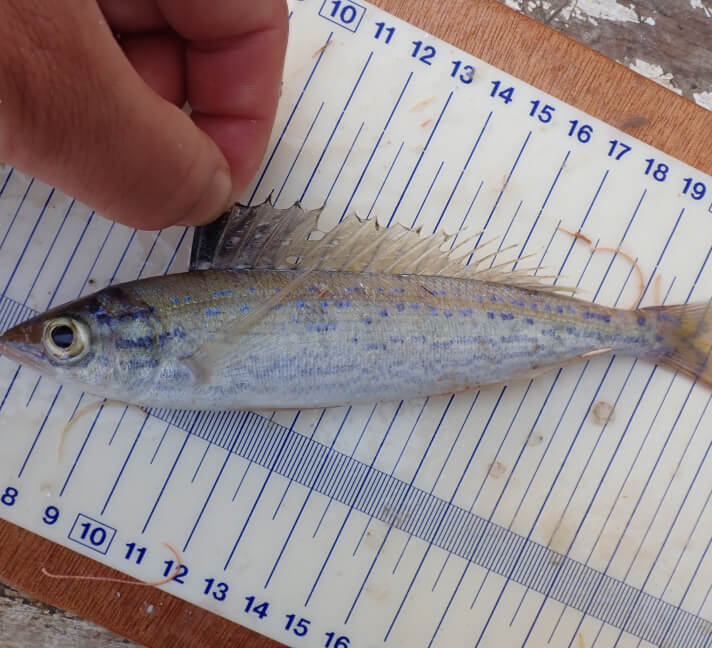
The first step in fisheries monitoring is data collection. The data we gather allow us to understand the biology of the species and the characteristics of the communities where they live, as well as to produce distribution maps and expand the information available on the selectivity of fishing gears.
We work with both our own and external data, such as sales notes, the census of the fishing fleet and data from the vessels geolocation system (VMS; Geoblau), which allow us to generate knowledge in the field of fisheries. We can obtain biological data necessary for fisheries assessment, such as size frequencies, reproductive seasons and size at first maturity of the studied target species.
This acquired knowledge provides us with the basic means to respond to the different scenarios and challenges present in ICATMAR’s field of action: environmental variability, the adaptation of management measures to the reality of the fishing sector or the participation in technical and co-management committees, among others.
Marine recreational fisheries
In marine recreational fisheries, we work with a combined methodology of field and online surveys, which fishermen answer voluntarily. An average of 10 000 recreational marine fishermen are surveyed annually and different types of data are obtained: sociological, socio-economic, data on catch composition, the size and weight of these catches and the frequency with which they practice the activity.
Marine recreational fisheries data are obtained through a combined methodology of online and field surveys. The online surveys are distributed via e-mail to random addresses provided by the fishermen when they register their license. Since 2020, the Generalitat de Catalunya requires an e-mail address during the license registration process, and hence it has been possible to design the distribution of surveys in such a way that, even if a fisherman registers for more than one license per year, he can only receive the survey once a year. With the online surveys, we ensure the widest possible response from the recreational fishing sector (an average of 900 responses per month). The field surveys are carried out along the Catalan coast, from Portbou to the mouth of the river Sènia, dividing the coast into 11 zones. For each zone, sampling is carried out on foot (following the coastline) and in port in each season of the year, i.e., we obtain between 8 and 12 samples per zone per year in total. The aim of the field surveys is to have detailed information on catch composition, size and weight.
Commercial fishing
We work with bottom trawling, purse seine and small-scale fishing fleets, on board commercial vessels with the collaboration of the fishermen. The catch samples obtained on board are then analyzed in the laboratory to obtain biological data that allow us to assess the state of the exploited marine populations of the Catalan coast. Our sampling is focused on the following target species:
On board bottom trawlers, fishermen sort the catch into two fractions: the commercial fraction, which contains everything that will be sold at the fish auction, and the discard fraction, where we find both individuals of commercial species that do not reach the minimum legal size and species of no commercial interest, as well as natural debris or marine litter that the nets have collected. Samples of the commercial and discard fractions are taken to the laboratory.
On board purse seine fishing vessels, the catch samples are collected as they come out of the sea, i.e., without being classified by species or categories, and samples from the accompanying species are also collected in order to obtain data on the real catch of this fishing gear. The samples are taken to the laboratory.
On board small-scale fishing vessels, samples of the target species are collected and taken to the laboratory for analysis.
In the laboratory, we take a series of measurements which, after analysis, will provide a wide range of information on the exploited ecosystems. We use size measurements, sex and reproductive state determination and the weight of the gonads (the reproductive organs to map the reproductive cycle of the target species in space and time. At what time of year do they reproduce? Where are they during that time? We can also find out the size (which in most marine organisms is directly related to age) at which individuals in these populations begin to reproduce. This is important, for example, to determine a minimum size at which individuals can be removed from the stock, i.e. fished, without endangering the sustainability of the stock over time.
Besides the data from our own on-board sampling, we also collect and analyze external data: general data from the entire commercial fleet, such as the data on auction sales, provided by the Generalitat de Catalunya, or the records of the GPS positions of the vessels, provided by the General Secretariat of Fisheries of the Spanish Government.
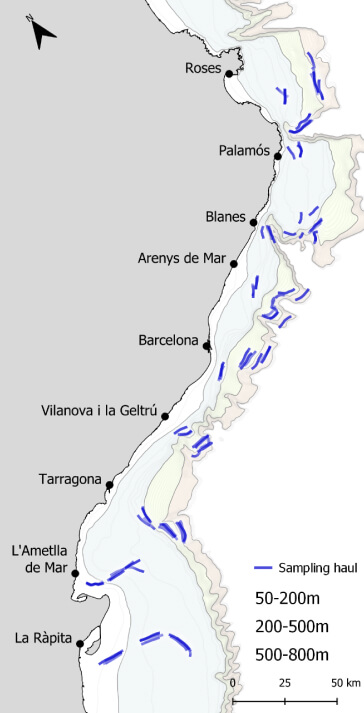
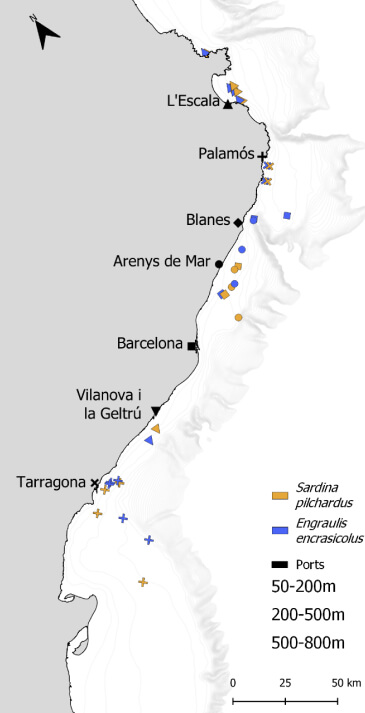
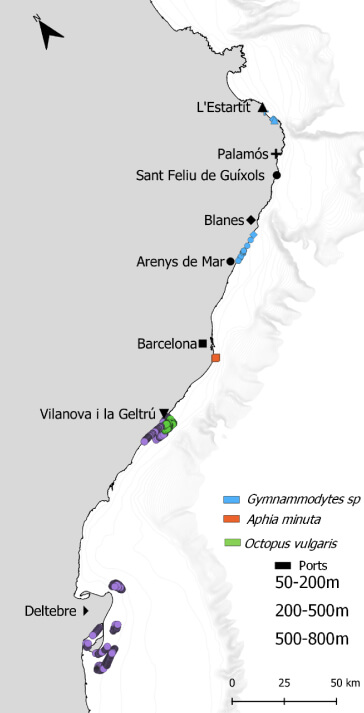
The models we are currently using need various kinds of data: the size of the individuals, how the size and weight of each species are related, the size at first maturity (at what size they start to reproduce) and the time of the year they reproduce.
In addition, with our data we can:
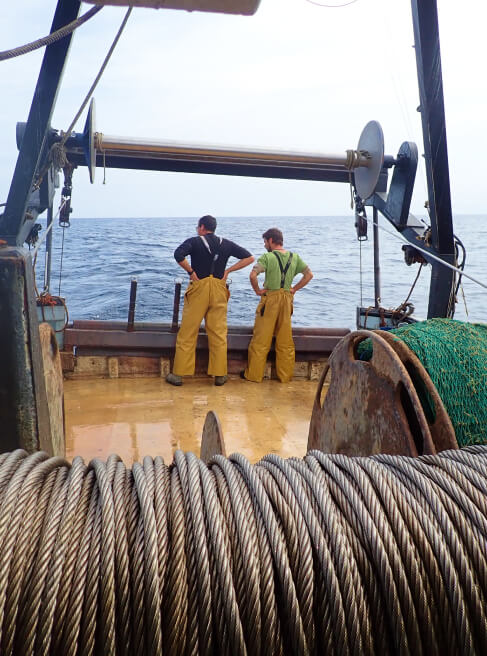
Besides collecting data on fleet catches, ICATMAR also collects socio-economic data on the commercial fishing fleet in order to inform decision-making, focus public attention and resources where they are most needed and prioritize the actions included in the Maritime Strategy of Catalonia 2030 (EMC).
Socio-economic data is collected through surveys of shipowners, skippers and crew of the fishing fleet, and the data are processed in an aggregated and anonymous way. This kind of data were gathered in 2020 in the port of Vilanova i la Geltrú, and in 2022 in the port of Palamós.